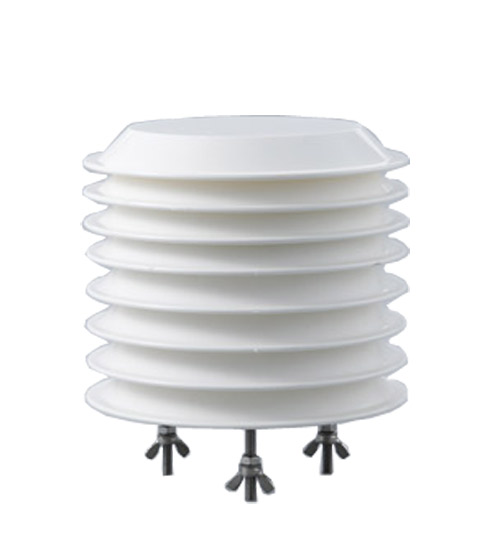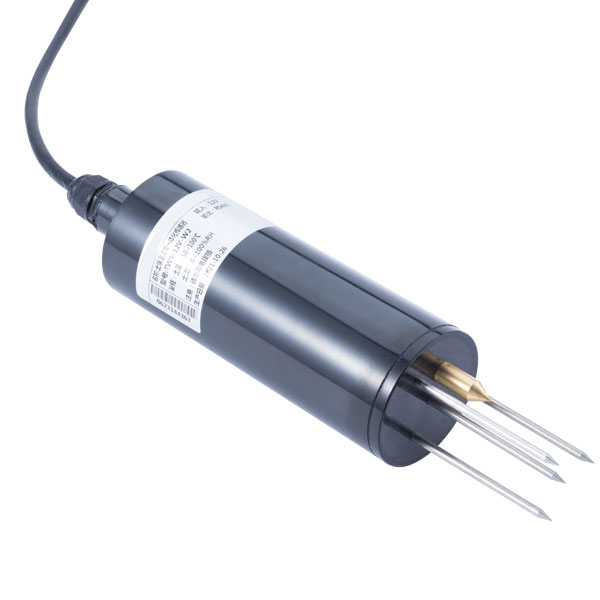

— Blogs —
—Products—
 Consumer hotline +8618073152920
Consumer hotline +8618073152920 WhatsApp:+8615367865107
Address:Room 102, District D, Houhu Industrial Park, Yuelu District, Changsha City, Hunan Province, China
Product knowledge
Time:2021-12-05 20:24:44 Popularity:850
How to choose a 4G industrial router network, where to view the router network
At the wireless IoT level, the most fundamentally weak stage is poor, intermittent signal strength.
Low signal level leads to poor system characteristics, slow response speed and credibility problems.
For installation system staff and other 4G industrial router dealers, how to choose a 4G industrial router network?
How to choose a 4G industrial router network?
1. Check the signal strength of 2G / 3G / 4G
Generally, most of the M2M cellular system software is essentially malfunctioning, or the characteristics are greatly reduced due to low signal strength.
This will cause statistical data to fail to be transmitted, abnormal polling success or complete lack of connection.
Some wireless devices (routers/modulators) have a signal strength indicator function, but only report available connections.
A cellular signal strength detector can be used to perform a separate inspection of signal strength.
This characteristic tester is portable, separate from the Internet, and analyzes the signal strength of all Internet-enabled devices.
SNYPER can be connected to the deployed antenna to verify the actual signal strength of the reinstalled system.
2. Which internet sim card is used?
According to the positioning, you can first test the local signal strength before deciding which carrier's card to use. 2G is now basically based on mobile cards, and 4G is selected according to the actual situation.
3. Precisely locate the antenna
Installation in the best position will cause serious harm to the signal level received by the M2M machinery and equipment.
This will mean that the antenna will be further eliminated from M2M equipment (routers/modulators) and/or be accurately positioned higher according to the installation on the wall or pole.
If you know the location of the receiving station, a directional antenna (such as Yagi) can also help improve the signal.
For most applications, this information content is not easy to obtain, and because of the reflections of walls, buildings and other surface layers, it is more common that the signal is not received from the estimated position, which makes the omnidirectional antenna more suitable.
4. Towards "high gain"
Some antennas are far better than others at special frequencies, and it is important to ensure that the appropriate antenna is selected for the application.
Antennas with higher gains will mainly perform better than low-cost alternatives.
5. Reduce signal damage
Running a piece of RF cable between the antenna and the router/DTU will further reduce the signal strength.
Replacing the RG58 RF cable with low-loss equivalent specifications can handle the signal strength problem, and it will mean that there is no need to accurately locate the antenna again.
In addition, low-loss cables can use longer RF cable lengths when necessary.
Therefore, before you lose your expectations for RF signals, please remember that there are many experimental and tested ways to help improve the signal strength of the antenna.
For most applications, the starting point is to confirm the best cellular network, and the signal strength of 2G, 3G and 4G can be accurately measured by a signal characteristic tester.
Prev:What is the difference between the Internet of Things and the Internet?
Next:LoRa-wireless technology in the field of IoT applications
Sensors & Weather Stations Catalog
Agriculture Sensors and Weather Stations Catalog-NiuBoL.pdf
Weather Stations Catalog-NiuBoL.pdf
Related recommendations
Related products
 Atmospheric Temperature Humidity Pr···
Atmospheric Temperature Humidity Pr··· Soil Temperature Moisture Sensor 4-···
Soil Temperature Moisture Sensor 4-··· Air temperature, humidity and atmos···
Air temperature, humidity and atmos···
Screenshot, WhatsApp to identify the QR code
WhatsApp number:+8615367865107
(Click on WhatsApp to copy and add friends)